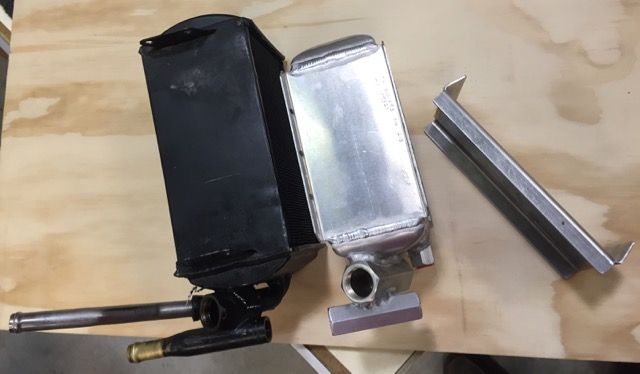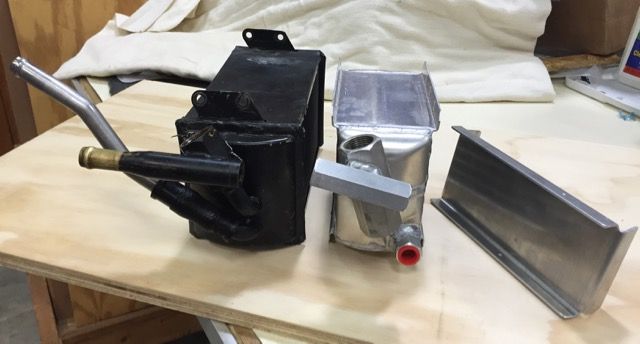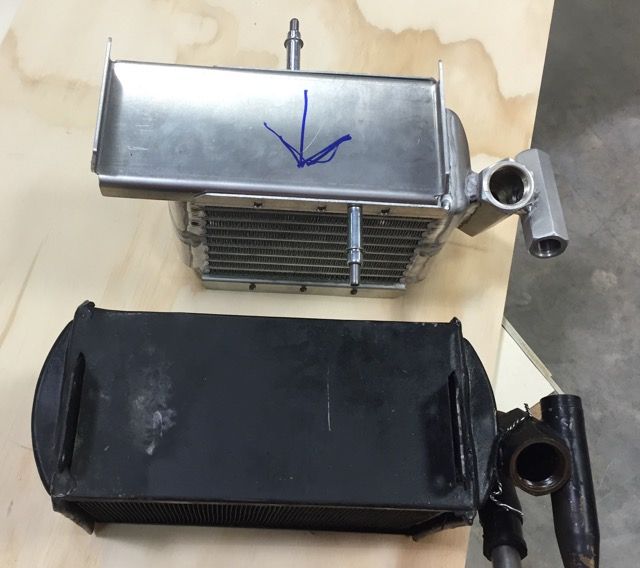fholbert
Administrator
Gary Brink said:OK, another last word on my oil cooler problem. Pacific Oil Cooler Service makes a non-PMA cooler that will work on my engine and I have ordered it and asked for a copy of the 337 for it. Yes, it is expensive but far cheaper than losing oil pressure and possibly the engine while flying far from an airport.
Gary
I think that's the smartest thing to do. Beside an old use oil cooler does not cool well.



